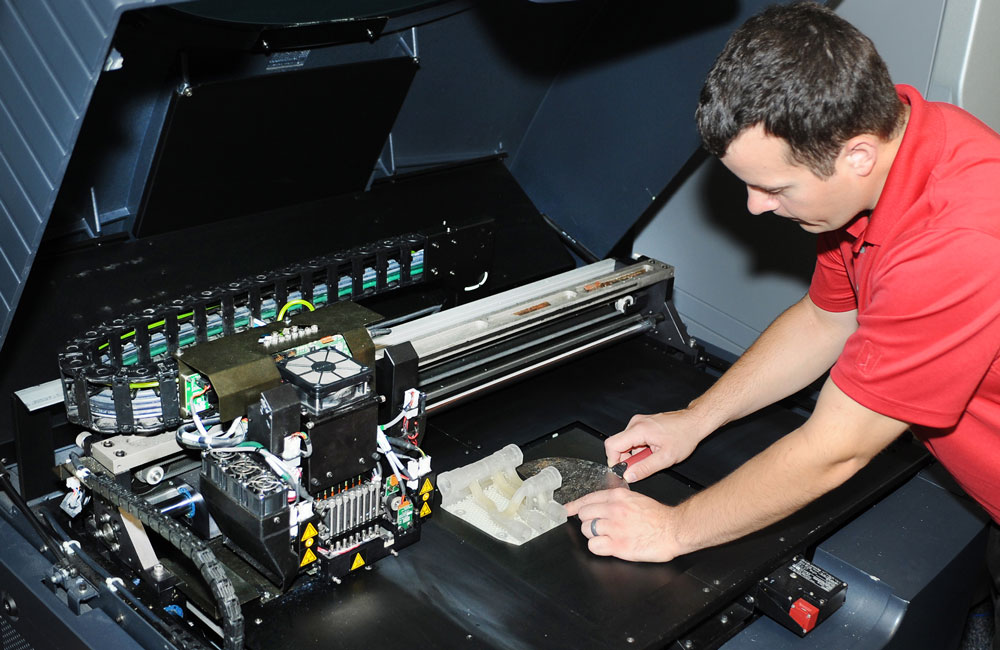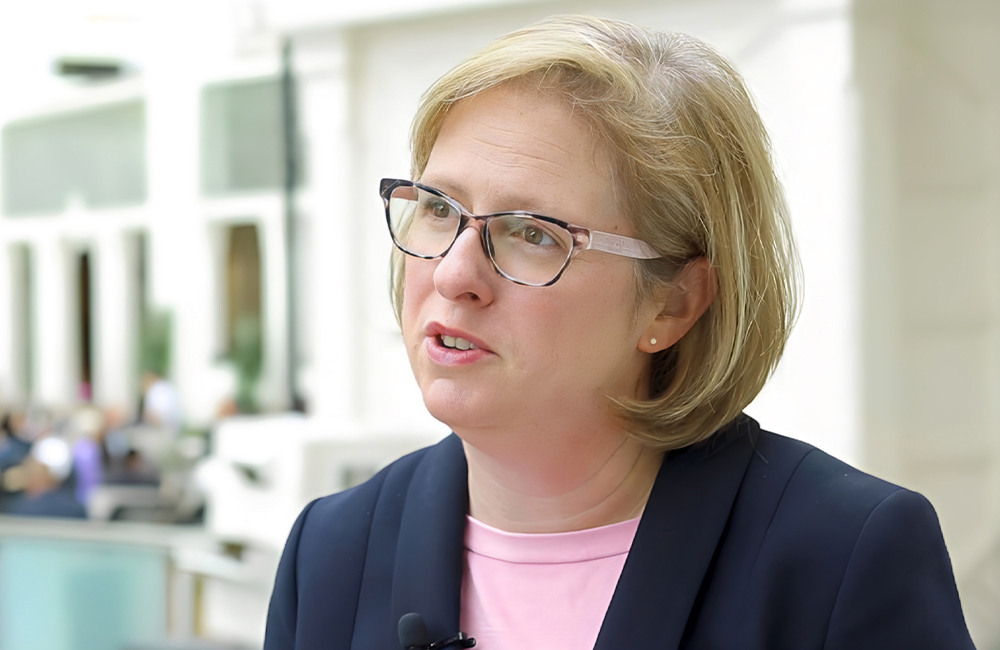Future Federal Workforce Built by Collaboration, New Tech
Faced with the future of hybrid work, government is focused on uniting people and technology.

Federal agencies relied on digital collaboration tools to quickly shift to a remote work environment at the beginning of the COVID-19 pandemic, but new technologies such as zero trust and 5G are enabling further advancements in hybrid work. As agencies transition to accommodate in-office and remote workers, the Office of Personnel Management (OPM) recommends federal leaders leverage both technology and people skills, according to the agency’s 2022 tip sheet.
To perfect this hybrid-workforce approach, the Department of Veterans Affairs, the Social Security Administration and the National Foundation on the Arts and the Humanities outlined how they’re tackling it during ATARC’s Federal IT Modernization Summit last week.
“The biggest focus is how to engage the workforce and promote technology, but also cultivate that learning curve as well,” said National Foundation on the Arts and the Humanities’ Institute of Museum and Library Services CIO Tekquell Watson. “During the pandemic, a lot of the focus has been on the use of technology to collaborate in this hybrid environment. But we lost focus on actual training to individuals. … I really want to emphasize the training and education more.”
At the beginning of the COVID-19 pandemic, agencies were forced to quickly scale up their IT systems and infrastructure to support the fully remote workforce and adopt new solutions like cloud and remote information management to ensure a successful transition.
“Social Security Administration had to rapidly expand because we did not all telework, and we certainly didn’t all telework at the same time. For us to go to video enabled, you would think it was an act of God. Our wonderful IT staff enabled 60,000 people — within two months — to be online on video at the same time,” said the agency’s Deputy Associate Commissioner of Analytics and Improvement Cara Rose.
Now, almost three years since they shifted to remote postures, agencies are looking at how they can combine best practices from in-person and remote work to integrate better bandwidth, tools and collaboration.
5G could expand government’s ability to telecommute and increase speed and quality, even with more remote employees. Other modernization efforts include leveraging data and data-driven technologies, replacing legacy systems and bolstering mobile capabilities, and securing all these efforts with a zero trust approach to cybersecurity, which show promise for the future hybrid model.
“We keep saying there’s got to be entrepreneurs out there that are going to figure this out with better tools. But in the meantime, it works. We’re getting our mission accomplished in a very good way. But in my sense, there’s got to be something next,” said VA’s Executive Director of Multi-Channel Technology within the agency’s Veterans Experience Office Nathan Sanfilippo.
Employee morale is a key driver as federal agencies build out their hybrid work models. VA is a very decentralized and geographically diverse agency, with some offices offering remote work, while others may strictly be in person, causing shifts in positions and creating government-wide competition. Sanfilippo is examining how VA could create a more standardized work model to improve employee satisfaction.
“We’re so inconsistent in how we approach this that we have such a strategic human capital challenge from a hiring perspective,” he said. “We’re certainly not helping ourselves with respect to creating unnecessary churn from a revenue perspective … it just creates a very, untenable amount of internal competition until we find a more centralized [approach].”
Social Security Administration is also leveraging data to inform where the agency can make improvements, Rose said. Using data from tools like the Federal Employee Viewpoint Survey and employee feedback, the agency can gauge and improve employee satisfaction as it operates in the hybrid model.
“We’re, at the individual component levels, doing workforce morale activities to figure out what our future looks like — do we have to come back to the office? Do we go back to limited telework versus full-time telework? Do we have to remain living within two hours of our duty station? I really appreciate that we’re spending time asking people then doing the deep-dive analysis to figure out what makes sense to balance the need to meet our mission with the desires of the employees,” Rose said.
Moving to a “work-from-anywhere” environment, Watson said her focus will be less on technology and more on the people. The future hybrid workforce requires a culture shift to connect in real time, uniting a culture of learning and change with technology to increase workforce diversity, improve employee satisfaction and attract top talent.
“Digital tools work for the environment that I’m currently in. I don’t think any technology is going to take the place of human interaction,” Watson said. “I think there’s always room for improvement; however, it does give folks that enjoy the hybrid environment a sense of connection.”
This is a carousel with manually rotating slides. Use Next and Previous buttons to navigate or jump to a slide with the slide dots
-

How Agencies are Upskilling the Workforce in AI
Federal officials are putting in place new training and education methods to ensure its overall workforce understands the technology.
3m read -

A Prepared Workforce is Key to Cyber Resiliency
Strong training strategies and emphasizing cyber hygiene basics enhance security practices at federal agencies.
2m read -

Navy Invests in Additive Manufacturing Workforce to Match Pentagon Strategy
DOD issued its Additive Manufacturing Strategy in 2021 to integrate with the private sector and create agile uses of the technology.
5m read -

Defense Officials: Cyber is a Sport That Needs Strong Teammates
Coast Guard, Marine Corps and Navy officials said they are working on new hiring strategies and partnerships amid evolving threats.
5m read




